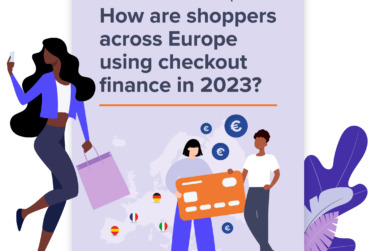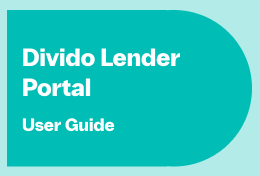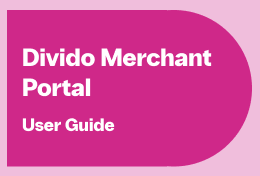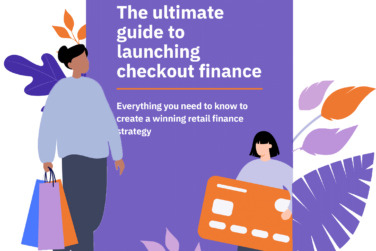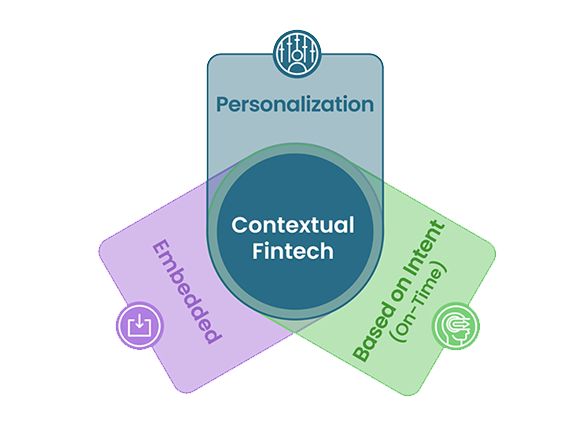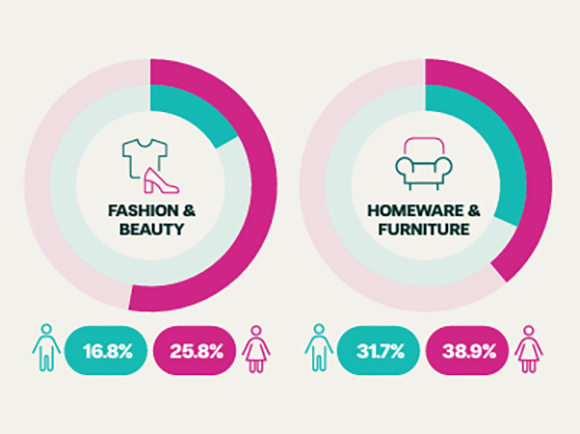How an intelligent lending platform can solve retail finance for banks

How an Intelligent Lending Platform solves retail finance for banks
The arrival of a new breed of BNPL lender — targeting short-term, low-value loans — can obscure the fact that credit finance has been a key ingredient of enterprise retail for a long time. In the UK, established lenders loan billions to shoppers each year to help them buy everything from TVs to furniture; jewellery to laser eye surgery.
Customers get the products they want, retailers get their sale, and lenders sell their service. Everyone wins.
Or do they?
The problem
A closer look at this market reveals a number of risks and inefficiencies. At the core of the issue is a friction between lenders and retailers about who ‘owns’ the customer.
Retailers can make a strong case; and will want to because control of the shopper’s data means the ability to market more products and services to them later. Lenders have the same motivations. With the data and permission to upsell, a BNPL loan today could become a deposit account tomorrow, and a mortgage later.
The issues don’t stop there. It would make sense for retailers to work with multiple lenders. More lenders means a greater selection of lending products, to entice customers with the most appropriate terms and interest rates for their financial situation and whatever they’re buying.
This doesn’t currently happen. Retailers tend to work with only one lender at a time; and whatever loans they have is all the customer can get. It comes down to hassle. Different lenders means managing a portfolio of different lending products and working with different systems. That can sap time, increase costs, and add confusion and inconvenience to the checkout process.
Lenders can feel the same. Reconfiguring their systems and processes for every retailer can be more trouble than it’s worth. It stunts their ability to scale retail partnerships. This is one reason why many banks have tended to shun the retail finance market.
The vision
Let’s imagine we were solving this from scratch. What would we need to build that not only benefits lenders, but also retailers and customers too?
Essentially, it’s about enabling scale. The more lenders that retailers work with, the more appropriate credit solutions they can provide to customers. That makes customers more likely (or more able) to take-up these options, ensuring lenders grow their volumes. That in turn attracts more lenders to eye the market; and buoyed by the technical ease of working with new retailers, they look to expand their reach further. And the circle of mutual benefits goes on.
The fix
Enter Intelligent Lending Platforms (ILPs). An ILP provides a single place for lenders to orchestrate their partnerships with multiple retailers. Onboarding a new retailer becomes a simple matter of connecting APIs, hugely accelerating their speed to market.
An ILP also encourages retailers to work with more lenders. It provides a consolidated view of all lenders and their lending products, including how their costs and conversion rates compare. This aggregation can power algorithms which automatically match a customer to the most appropriate option, and that also factor in the retailer’s margins.
This creates a competitive marketplace for lenders, encouraging them to be more innovative in the products they offer. Suddenly, delineations seem outdated. Why focus on specific credit models and vertical markets, when it’s relatively easy to offer a complete portfolio: long-term and short-term loans; interest free and interest bearing products; and for high value and low cost items. This incentivises scale, and the prospect of taking pressure off their core business of lending, which continues to be threatened by historically low bank interest rates.
Back to the first problem we described; control of the customer. An ILP turns this into an opportunity, for both the lender and the retailer. With the customer data collected centrally in the ILP, both parties have access to data that would otherwise have been restricted. Lenders can use this data to develop and promote lending products, while retailers will leverage it to improve their core business. As such, the question of “Who owns the customer?” is replaced by “How can we best serve the customer?”, which is a multi-player game, and directs both parties to more profitable activities. In turn, profits attract more retailers for lenders to work with, and vice-versa, growing the market in the process.
Divido’s whitelabel retail finance platform helps lenders fully customise their BNPL offering and get to market fast. Our award winning technology is powering the retail finance programs for some of the world’s leading lenders.
You might also
be interested in
Keen to know more?


